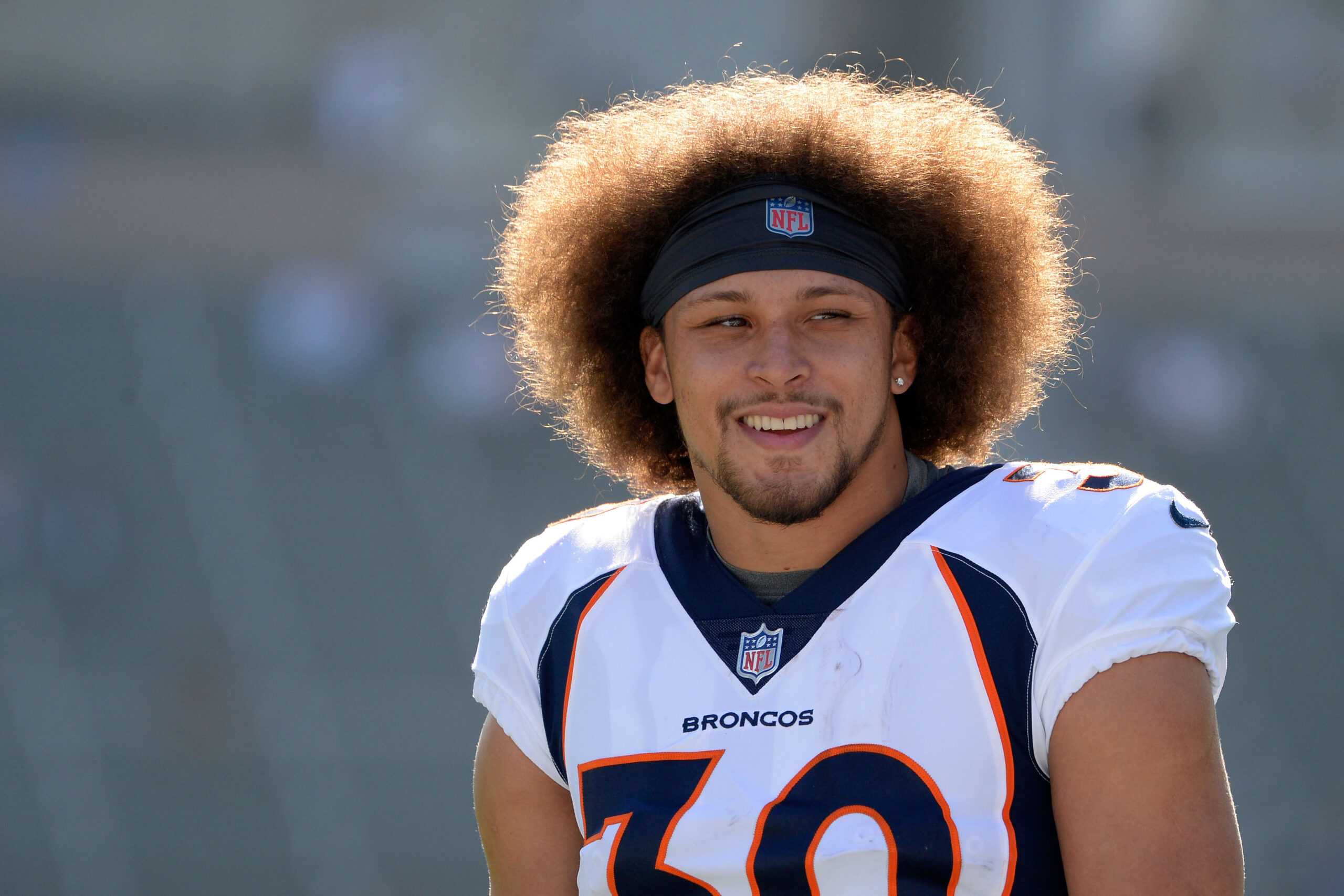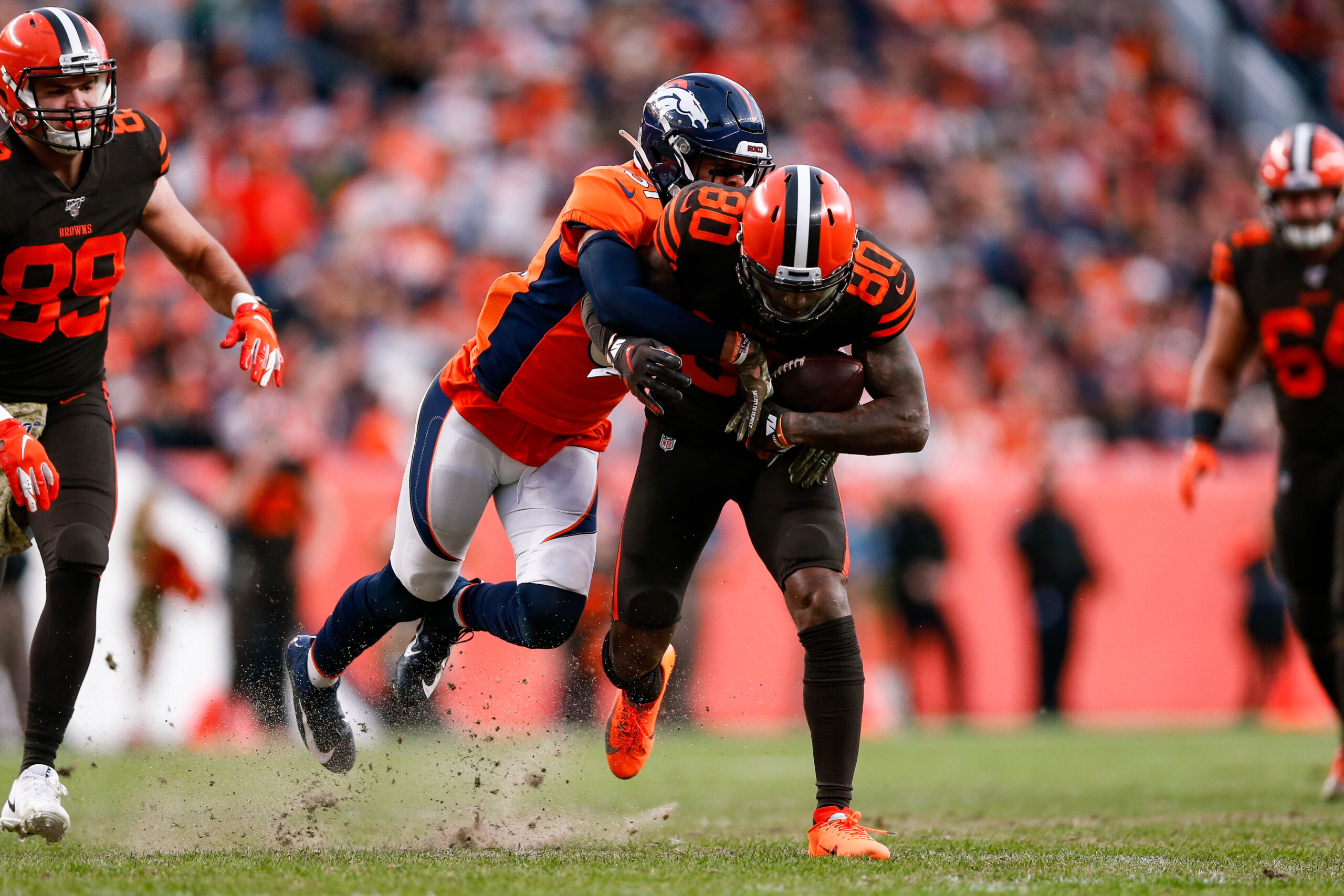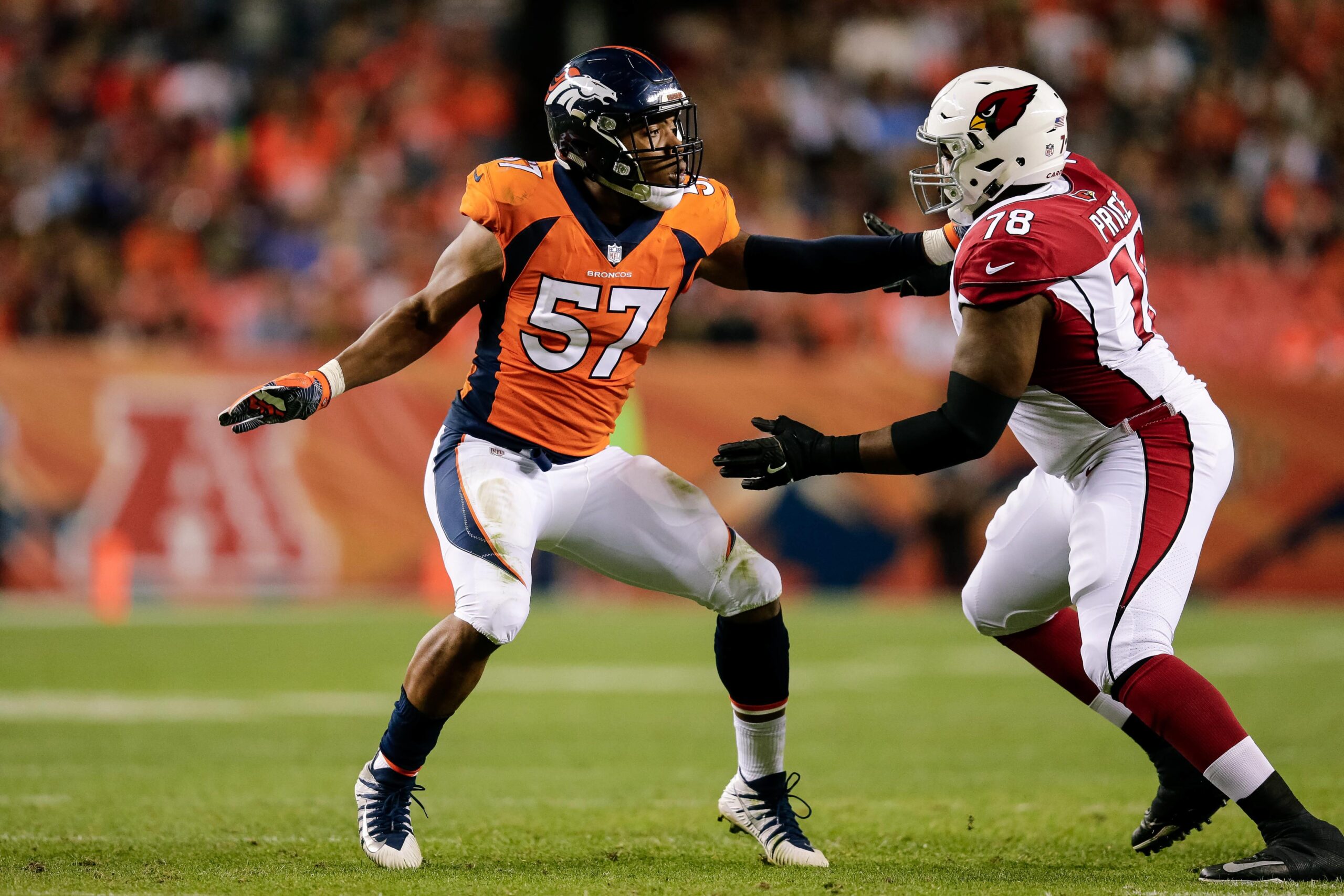© 2026 ALLCITY Network Inc.
All rights reserved.

Barring a winning streak the likes of which the Broncos have not seen since the 2015 playoffs into the 2016 regular season, the postseason is almost certainly out of reach.
But it doesn’t take long to find ways in which the Broncos are headed in the right direction.
And if these five things happen in the rest of the campaign, the Broncos will be able to look at this season and see it as a crucial step forward as they continue assembling the foundation of a team that should push for the postseason in 2020 and beyond.
1. NOAH FANT LEADS ROOKIE TIGHT ENDS IN RECEIVING YARDS
Obviously, Fant’s production through nine games received a nitro boost from the 75-yard catch-and-run through the Browns last Sunday for the longest play from a Broncos tight end in 17 years. But through this point in the season, Fant also leads all rookies in receiving yards and receptions.
His work puts him on pace to exceed these standards.
40: receptions
500: yards
13.0: yards per catch
If he hits these marks at the end of the regular season, he will be the first rookie tight end since Rob Gronkowski in 2010 — and the just the ninth in NFL history — to go 40-500-13.0.
Fant could take his production to an even higher rate if he cuts his drop percentage. Among 28 tight ends with at least 25 targets, Fant’s drop percentage of 17.9 is the third-worst, with five drops — three coming against the Chiefs in Week 7.
Cut the drops, and Fant could be in position for 50 receptions and 650 yards by the end of the season. Only two rookie tight ends have ever posted 50 catches and 650 yards with a 13-yards-per-catch average — and the most recent of those tight ends, Charle Young of the Eagles, did so in 1973.

2. PHILLIP LINDSAY GETS OVER 1,000 RUSHING YARDS AND OVER 1,300 YARDS FROM SCRIMMAGE
He got one of the two last year, reaching 1,037 rushing yards and 241 receiving yards before his Week 16 wrist injury at Oakland left him just 22 yards short of 1,300 yards from scrimmage.
Reaching 1,000 rushing yards would require Lindsay to average 59.4 rushing yards per game; so far this season he’s averaging 64.9.
Also so far this year, Lindsay has averaged 82.7 yards from scrimmage per game; if he averages 79.4 yards per game the rest of the way, he will hit 1,300.
With good health, these season-long numbers are achievable, and represent a solid baseline as to what to expect from a player who remains the Broncos’ most thrilling skill-position contributor.

3. JUSTIN SIMMONS GETS THREE MORE INTERCEPTIONS
That would take Simmons’ season tally to 5. That would not be a notable tally in past eras. But with interception rates plummeting thanks to a combination of rules changes and an emphasis on short, accurate passing, it would be significant.
Denver hasn’t had a player intercept 5 passes in a season since Andre Goodman in 2009. The Broncos haven’t even had a 4-pick season since Rahim Moore and Aqib Talib each nabbed four passes in 2014.
Vic Fangio had two defenders post at least 5 interceptions during his time as Bears defensive coordinator: Kyle Fuller with 7 in 2016 and Eddie Jackson with 6 last season. If Simmons can get to 5, he would show that Fangio’s defense is working as intended — and it could help increase Simmons’ 2020 payday.

4. DEREK WOLFE AND DEMARCUS WALKER FINISH THE SEASON WITH A COMBINED TOTAL OF 15 SACKS
Bold? Perhaps.
Wolfe has never posted more than six sacks in a single season. Through nine games, he leads the Broncos with five sacks, all of which have come in the last four games. Just as important is his play against the run, making him the Broncos’ best every-down defensive lineman.
Walker sat out the Week 9 win over the Browns with a shoulder injury, but has been one of the most efficient pass rushers in the league. According to Pro Football Focus’ numbers, 4.94 percent of Walker’s pass-rush snaps have ended in sacks for the third-year player. That leads all 113 interior rushers with at least 75 pass-rush snaps this season.
Together, they’ve averaged 3 sacks per game in the last five weeks. Just averaging 1.2 sacks per game will get them to a total of 15 and make them one of the league’s most productive interior-rushing tandems.

5. A PASSER RATING OF 90.5 THE REST OF THE SEASON
Why 90.5? Because that is the average passer efficiency rating league-wide this season, based on an average completion percentage of 64.7, an average yards per attempt of 6.90, a touchdown percent of 4.47 and an interception percentage of 2.20.
Joe Flacco’s rating was 85.1 — below that average, and in line with his work over the previous four seasons.
No matter what combination of Brandon Allen, Drew Lock and Brett Rypien the Broncos use, a 90.5 rating would offer evidence that the Broncos’ answer at quarterback could already be on hand.
Comments
Share your thoughts
Join the conversation



